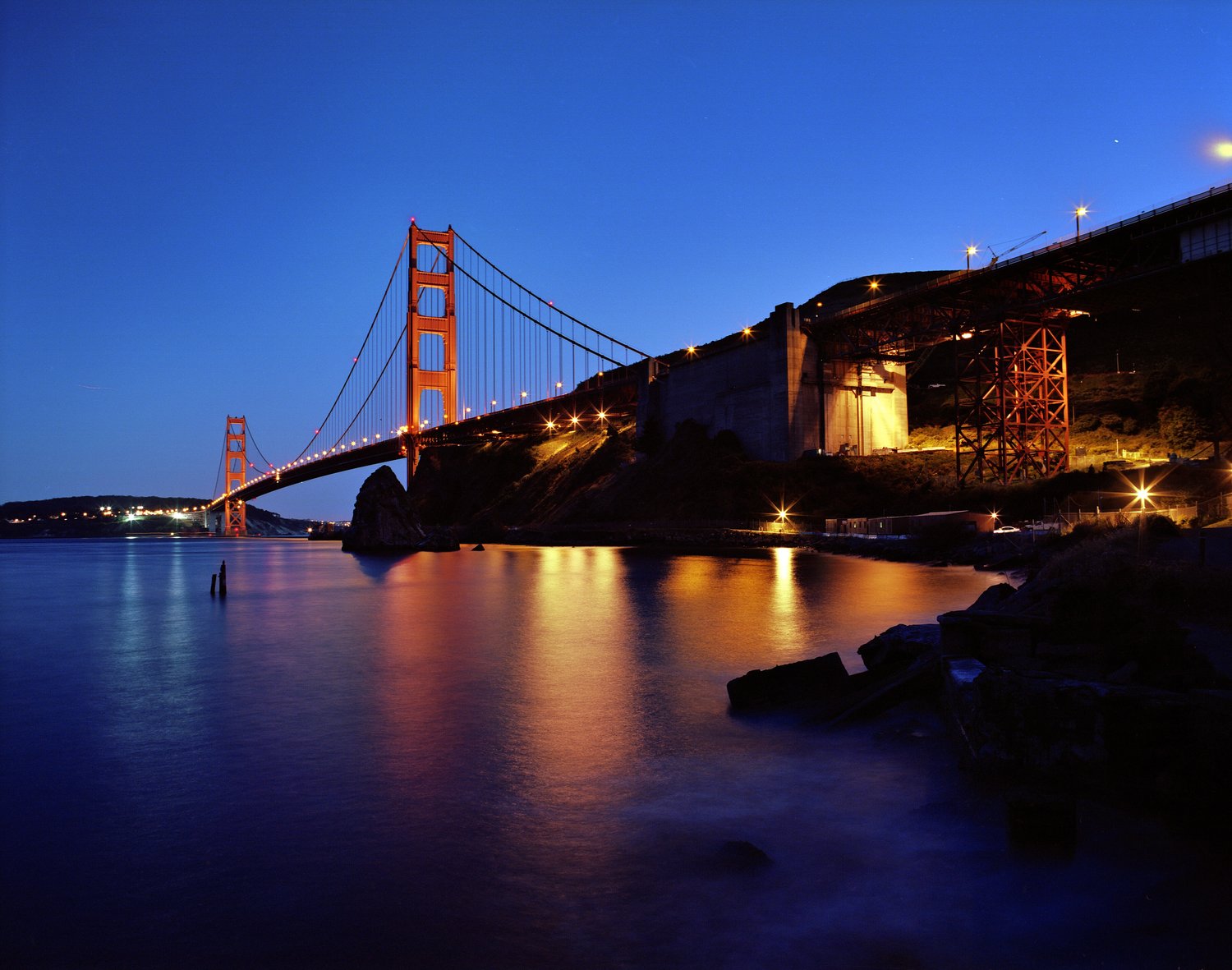tribal-warrior
Member
I'm after a medium speed colour negative film (eg 100asa or 160asa) that is available in 120 format. Kodak Portra 160 is certainly popular these days for those folks who shoot film. However, Portra 160 tends to produce rather soft, pastel colours. I shoot a lot of landscapes / nature so I prefer more saturated colours. And according to some sources, Portra 160 seems to have limited latitude with regards to overexposure (which is unusual for a negative film.) And apparently, the colours turn out even softer with overexposure (which is definitely something I don't want.)
So just wondering if there is a negative film alternative from Fuji that provides more saturated colours and can handle a fair bit of overexposure? A google search has informed me that from the Fujicolor Pro line, Pro 160 S, Pro 160NS and Pro 160C films have been discontinued. Is there anything similar from Fuji that is still available?
Within Kodak's line of films, there is Ektar 100 which is supposedly the finest grained colour negative film. And it has nicely saturated colours which certainly appeals to me. Though from what Ive heard, the exposure latitude is even narrower than Portra 160.
So just wondering if there is a negative film alternative from Fuji that provides more saturated colours and can handle a fair bit of overexposure? A google search has informed me that from the Fujicolor Pro line, Pro 160 S, Pro 160NS and Pro 160C films have been discontinued. Is there anything similar from Fuji that is still available?
Within Kodak's line of films, there is Ektar 100 which is supposedly the finest grained colour negative film. And it has nicely saturated colours which certainly appeals to me. Though from what Ive heard, the exposure latitude is even narrower than Portra 160.

